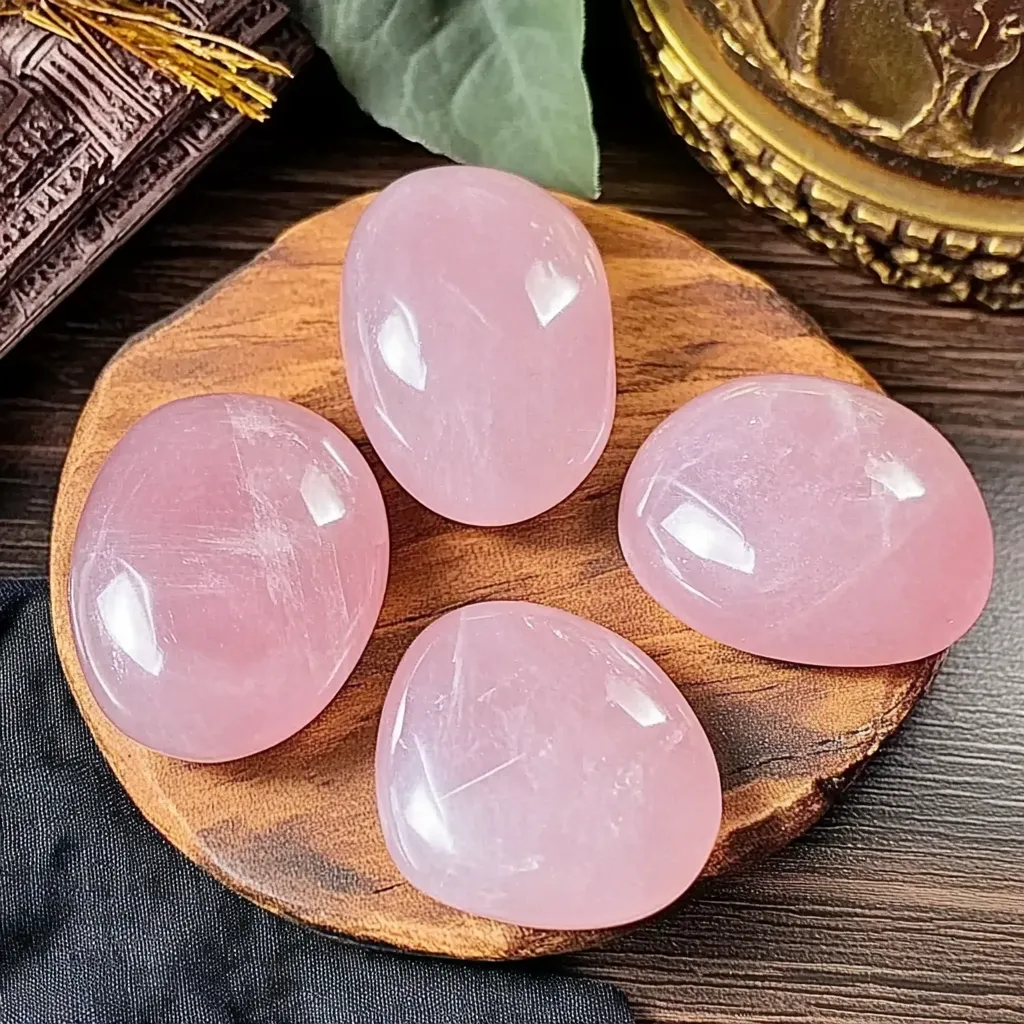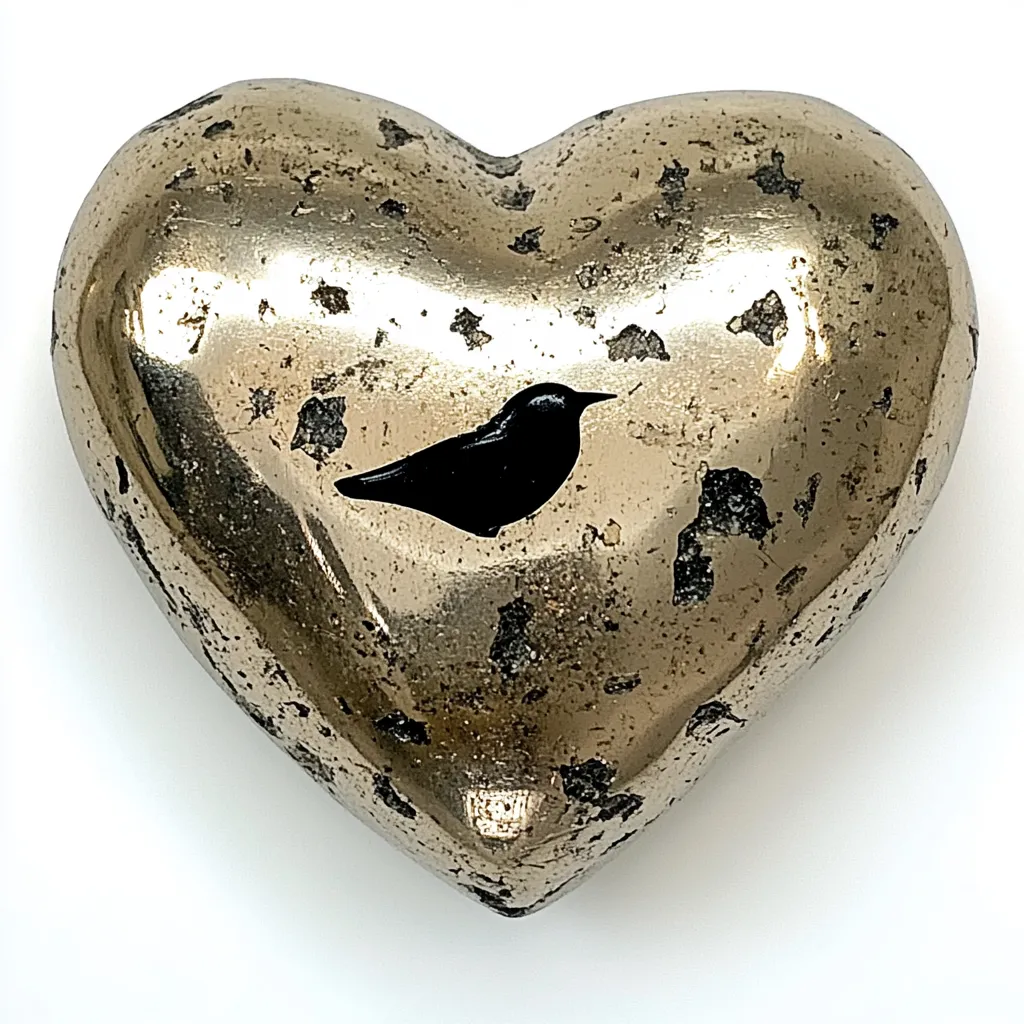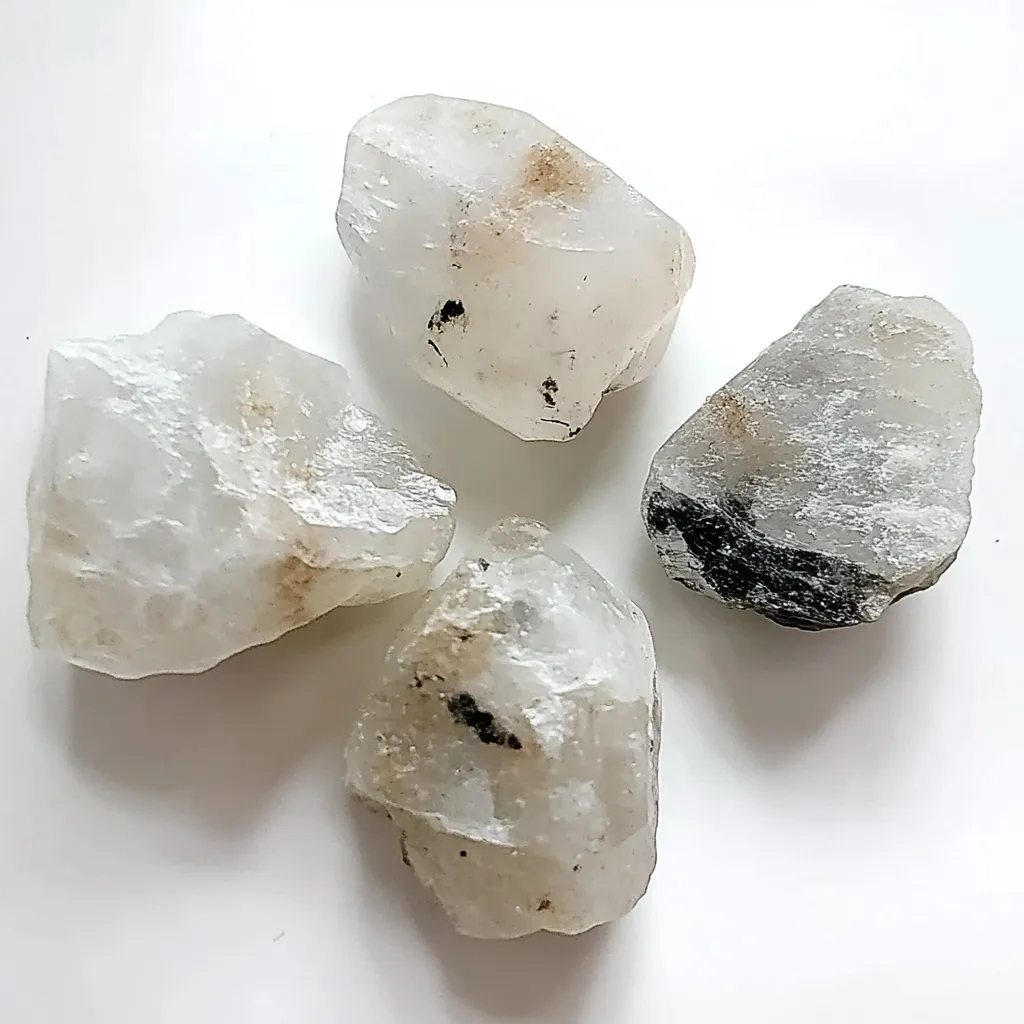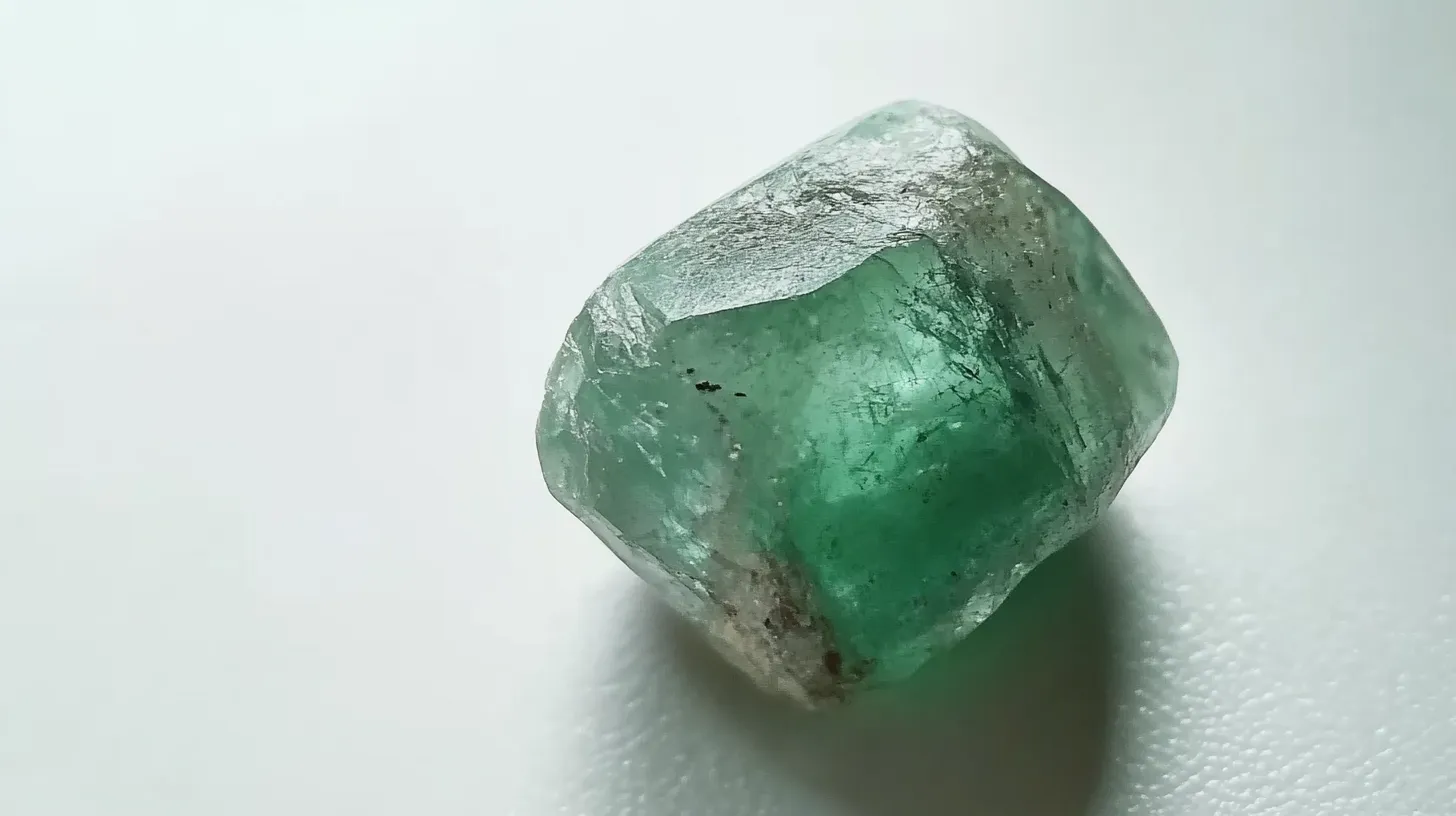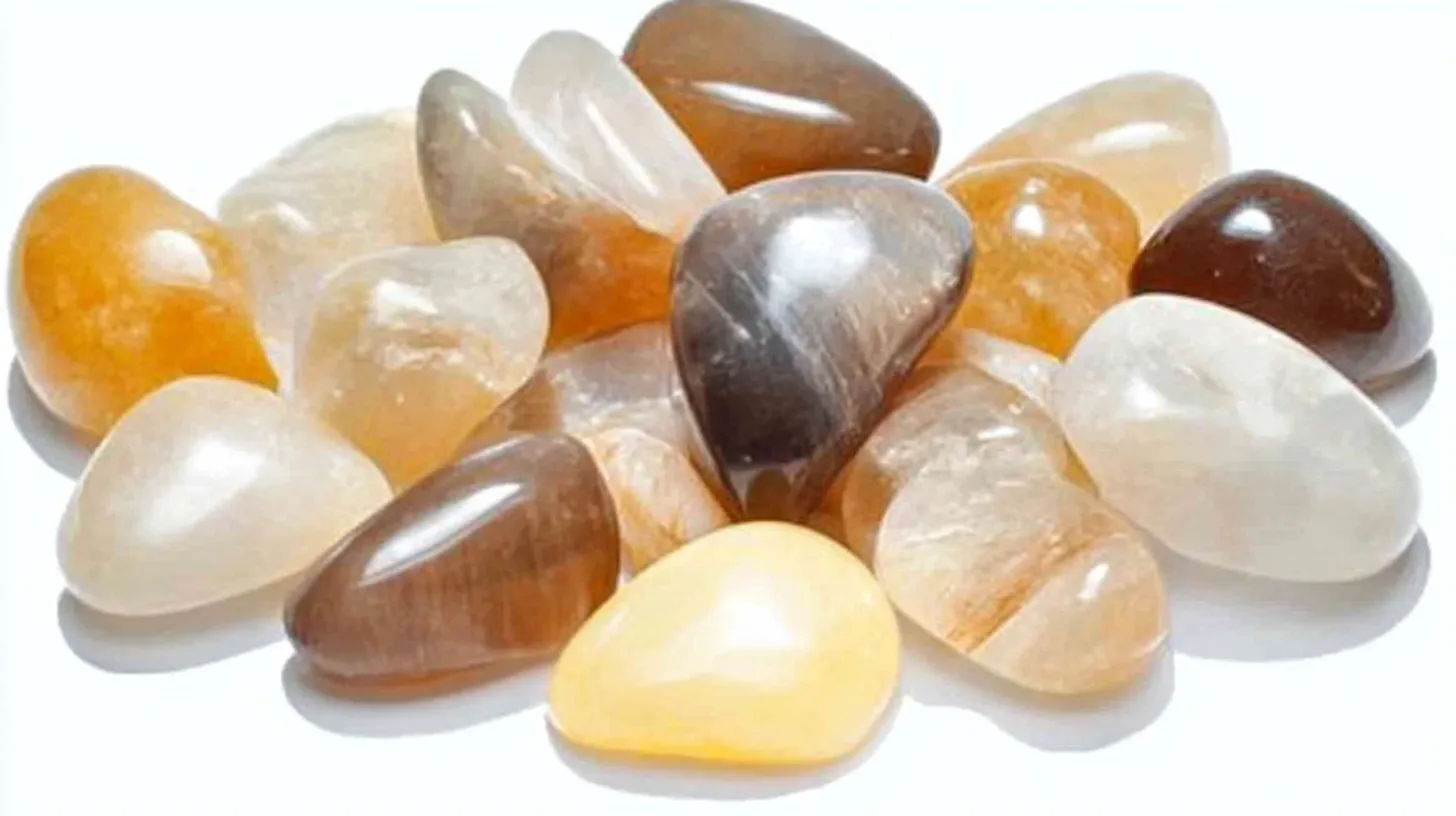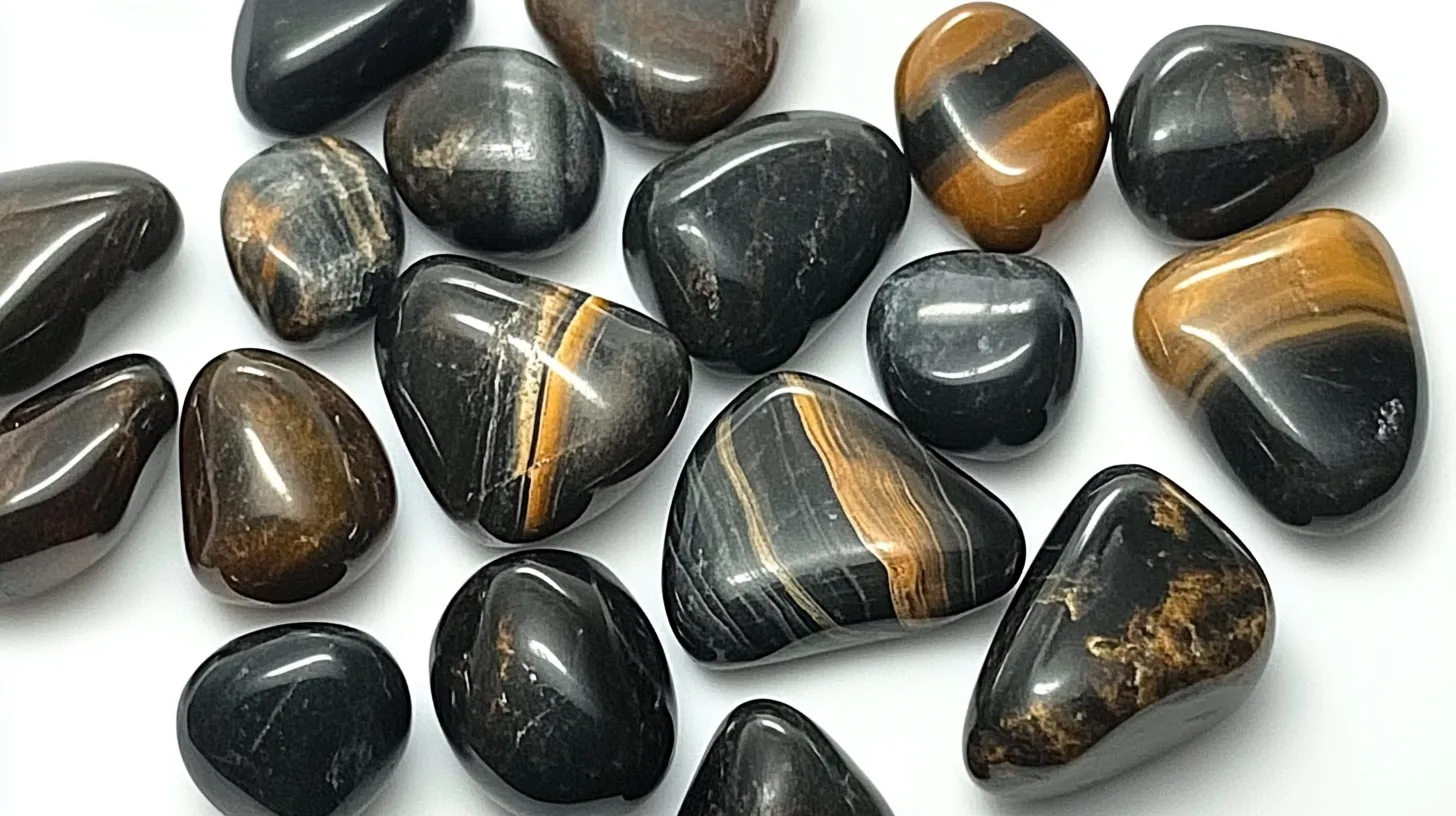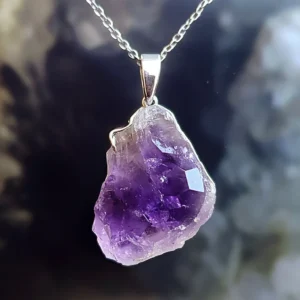

Scientific Properties of Amethyst Crystal
Amethyst is a purple type of quartz, scientifically referred to as SiO₂ (silicon dioxide). It forms in geodes under cool, low-temperature conditions. Amethyst ranks a solid 7 on the Mohs hardness scale (the same scale that gave us the word “diamond” when we discussed the 10), making it both beautiful and tough. The color comes from iron impurities and natural radiation during formation.
Amethyst Formation and Structure (Table)
| Property | Description |
|---|---|
| Chemical Composition | Silicon Dioxide (SiO₂) |
| Crystal System | Trigonal |
| Typical Formation | In geodes under low-temperature conditions |
| Color Origin | Iron impurities and natural radiation |
| Mohs Hardness | 7 |
| Common Locations | Brazil, Uruguay, Zambia, United States |
Amethyst is found in numerous locations throughout the world—such as Brazil, Uruguay, Zambia, and parts of the United States. Its crystals belong to the trigonal system and typically manifest as hexagonal prisms. These characteristics not only endear amethyst to metaphysical practitioners but also elevate it to the status of a collector’s gemstone.

Amethyst Crystal Colors
Although most individuals consider amethyst to be purple—and rightly so—the stone truly ranges in hue. The colors can be anywhere from light lavender to dark violet. A few even say that some rare varieties of amethyst show a reddish or greenish tint, depending on the light source. But no one has ever hinted that amethyst isn’t pretty. Indeed, its jewelry quality is undeniable.
Amethyst Color Variations (Table)
| Hue Range | Description |
|---|---|
| Light Lavender | Softer, affordable, and charming; often used in spiritual practices |
| Deep Violet | Rich and elegant; high appeal in jewelry markets |
| Siberian Amethyst | Deep purple with red/blue flashes; considered the most desirable and rare |
| Greenish/Reddish Tints | Rare under certain lighting conditions; adds uniqueness |
The color and its variation have a marked influence on price and appeal. Take, for example, deep Siberian amethyst, which is arguably the most beautiful. It has a rich purple color that is exceptionally striking. It is lovely to have it in your collection, but if you cannot afford it, the much lighter stone shown here is a much more affordable option and is still spiritual and aesthetically charming.
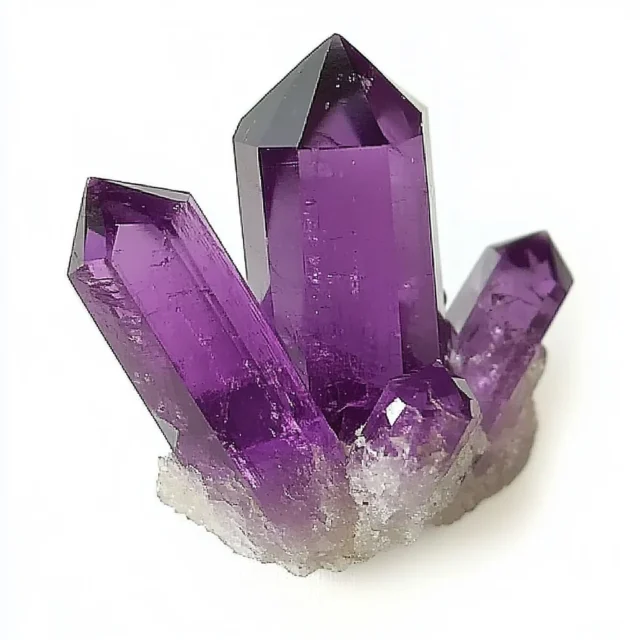
Amethyst Crystal Benefits for Spirituality
The “Stone of Spiritual Protection” is what amethyst is often referred to as. For centuries, its connection with the crown chakra has been thought to potentially enhance intuition and spiritual awareness. But what does such a connection mean in practical terms?
Numerous users say they feel more peaceful and balanced when using or keeping amethyst close. Many people wear amethyst or use it during meditation, and those on a spiritual journey often keep it nearby as a supportive crystal. Some wellness practitioners even advise placing amethyst under the pillow while sleeping to help with that and ensure the kind of dreams that lead to personal enlightenment.
Are you curious about its origins? The ancient Greeks thought amethyst could stop you from getting drunk. The word “amethystos” in Greek literally means “not drunk.” They’d even make goblets out of it!

Meditation with Amethyst Crystal
One of the most widely used crystals for meditation is amethyst, and with excellent reason. Amethyst is one of the most popular crystals for use in meditation, and there’s a beneficial reason for its popularity. Its calming energy helps to quiet the mind. It really is that simple.
There is no need to follow a precise ceremony. Frequently, I begin with a couple of deep breaths, taking the stone tenderly and setting a straightforward intention such as “peace” or “clarity.” Almost immediately, I feel more situated, as though the static mental noise has quieted.
A fantastic suggestion for novices is to merge amethyst with a brief, directed meditation. Seek audio instructions that concentrate on the crown chakra or intuitive clarity. In time, you’ll find your groove—and the amethyst will become a consistent ally.
Amethyst Crystal and Feng Shui
Feng Shui practice has long given amethyst a special role. Its purple hue and calming energy seem to make it a stone that balances the flow of chi. Practitioners of “classical” Feng Shui place amethyst in the northeast sector of the home to enhance wisdom and spiritual growth. Feng Shui aficionados also put amethyst in the southeast corner of a space to promote clarity in financial decisions. This placement seems a refreshing contrast to the use of citrine or pyrite supported by more traditional Feng Shui.

Feng Shui Placement and Intentions
| Area of Placement | Feng Shui Purpose |
|---|---|
| Northeast sector | Enhance wisdom and spiritual growth |
| Southeast corner | Promote clarity in financial decisions |
| Personal relaxation space | Encourage harmony and inner peace |
Yet, it’s more than compass directions. Consider your own home: where do you go to unwind? A nook for reading, a place for meditation, or even your bathroom could become more harmonious with an amethyst cluster sited nearby. This is because, according to feng shui expert Lillian Too, the ability of amethyst to calm mental chatter—so long, in fact, that for many of us, mental peace is right up there with world peace as a desirable outcome—makes it a powerful and potent ally for unfussy, peaceful energy. God knows we need that.
Amethyst Crystal and Zodiac
If you were born in February, then you might already know that amethyst is your birthstone. It’s strongly associated with Pisces and Aquarius, giving these often dreamy and idealistic signs emotional clarity and intuitive insights. Amethyst is said to help support their natural creativity while also keeping them grounded in reality—no small feat when you consider that water and air signs are the most creative and most ungrounded of the signs.
Even if you weren’t born under these constellations, amethyst still offers benefits. For fiery signs like Aries or Leo, it can bring a much-needed sense of calm. For analytical Virgos or cautious Capricorns, it may open a channel to more imaginative thinking. Astrology is a tool for self-awareness, and amethyst acts like a quiet friend—gently reminding us to slow down and reflect.

Place to Put Amethyst Crystal
Where should your amethyst go? It all hinges on where you want to direct its calming vibes. For instance, if you’re having trouble sleeping, you might want to try putting a small piece either under your pillow or on your nightstand (or both!). And if you need to focus on some work—like, say, right now—you might want to place a piece at your work desk to help ease the stress that’s causing all this mental fog.
Suggested Amethyst Placements
| Location | Purpose |
|---|---|
| Nightstand or pillow | Improve sleep and ease nighttime restlessness |
| Work desk | Promote focus and reduce stress |
| Living room or entrance | Neutralize negative energy and greet guests with peace |
| Meditation space | Enhance introspection and calm |
When handling a larger geode or cluster, please consider placing it in a shared space like the living room. It is not only a lovely piece to provoke conversation but also a potent energy worker that assists in neutralizing negative vibes. Some clients and friends use amethyst at the entrance of their homes to create a tranquil first impression for guests. Just be certain it is in a space with access to natural light—this piece does not like to be hidden away in a drawer or a dark corner.

Guide to Cleansing Amethyst Crystal
Amethyst, like any other crystal, requires regular cleansing to keep its energy vibrant. It takes in negativity, and if it doesn’t get a loving reset every so often, its potent powers can start to wane. One unobtrusive way to give it a thorough recharge is by placing it beneath moonlight—of any kind, but especially the light of a full moon. Leave it on a windowsill or outdoors overnight, and let this gentle giant bathe in the light of our nearest celestial body.
Smoke cleansing with sage or palo santo is an effective method when time is limited. Simply take the smoke of the cleansing herb and waft it around the crystal with intention. Do not use saltwater, though; amethyst is a kind of quartz, and too much moisture or too much salt can damage it. For a method backed by science, some prefer sound cleansing using tuning forks or singing bowls. These tools help release energetic residue without physically touching the crystal.

Questions and Answers
More Facts About Amethyst
Amethyst Cluster
A group of quartz crystals, an amethyst cluster is a formation where several amethyst crystals grow together at a base or among the members of its group, usually quartz. They are among the most popular formations for both décor and spiritual practices because they are thought to both emit more focused energy and look better than their individually mounted friends. Place any of these in your home office for a soothing work vibe. I have one in my underachieving meditation corner.
Table: Key Features of Amethyst Clusters
| Feature | Description |
|---|---|
| Composition | Group of amethyst crystals on a shared base |
| Common Companions | Usually found with other quartz varieties |
| Uses | Home décor, spiritual energy enhancement |
| Energy Emission | Believed to offer focused and amplified energy |
Huge Amethyst Geode
Picture smashing open a boulder to expose a glittering purple cavern—that’s an enormous amethyst geode. These geological marvels can weigh hundreds of kilograms and stand statuesque in the cavernous height of a human body. They are most often found in Brazil or Uruguay, and when they’re unearthed, they are not only fought over but also for the non-pecuniary pleasure they afford, especially qua amethyst. If you’ve ever been next to one, you know that it’s a next-level transcendental experience—it makes you feel as if you’re a part of a crystal-toting deity.
Amethyst Pink
Those who only associate amethyst with purple might be surprised to meet pink amethyst. This amethyst variety, which is typically found in Patagonia, Argentina, is blessed with tender hues that make it more akin to a subtle form of rose quartz than the vibrant purple stone we usually think of when we hear the word “amethyst.” The pastel colors of pink amethyst range from very light violet to light pink, and these are understated shades with an incredibly soothing energy.
Amethyst and Quartz
Often, amethyst and quartz occur together in the same matrix—and, of course, amethyst is itself various quartz. Pairing these two, the clarity of quartz enhances the rich purple of amethyst, creating a beautiful contrast and energetic harmony. In the amethyst circles of the crystal healing world, this pairing is said to increase spiritual insight. I have seen some really stunning natural pairings of these two in pendants.
Table: Comparison of Amethyst and Quartz Pairings
| Element | Amethyst | Quartz |
|---|---|---|
| Type | Variety of quartz | Base mineral |
| Color | Violet to deep purple | Clear to milky white |
| Common Use Together | Pendants, energy tools | Enhances amethyst’s energy and clarity |
| Healing Belief | Promotes spiritual insight | Amplifies other stones’ energy |
Amethyst Thunder Bay Mine
One of Canada’s most famous amethyst mines is located in Thunder Bay, Ontario. What makes its stones so special? Their unique red hematite inclusions give them a distinctive reddish-purple hue. Rockhounds and tourists alike enjoy digging their own crystals at this unique site. These amethysts are a true reflection of Canada’s geological richness and rugged natural beauty.
Amethyst Chemical Formula
Amethyst has the same chemical formula as quartz—SiO₂. Its beautiful violet color, which attracts both scientists and collectors, comes from trace amounts of iron (Fe) and natural irradiation, which are not present in quartz. Amethyst is a simple mineral but one that has a lovely color. Another quartz variety, citrine, with an identical chemical formula, has a beautiful yellowish-orange color. Could we explore the possibility of having a more common variety of yellow-tinted quartz with the same scientific properties as citrine and amethyst?
Amethyst Price Per Carat
Amethyst is a semi-precious stone, with prices ranging from $2 to $15 per carat depending on color, clarity, and cut. The most valuable amethyst is a deep, royal purple with minimal inclusions. Gradations of purple, from light to dark, can be found; indeed, the name amethyst comes from the Greek word amethystos, meaning “not intoxicated”—with wine, that is. In ancient times, some may have deduced from the stone’s color that the wine wasn’t as good as it seemed. The amethyst color speaks of both royal dignity and the clarity of common sense.
Big Amethyst Geode
Large amethyst geodes often serve as the centerpiece in crystal shops and holistic centers. Their commanding presence can shift a room’s energy—and at the very least spark conversation. Some are lined with thousands of tiny points, glittering like stars in a purple galaxy. They’re believed to do much more than look good. Some people think they absorb negativity and promote clarity.
Blue Point Amethyst Mine
Ontario’s Blue Point Amethyst Mine, though lesser-known, is home to intensely saturated, richly colored amethyst. The mine is open to the public, almost beckoning amateur geologists and families to come find their pieces inside. We cannot overstate the emotional value of personally mining a crystal and bringing it back to the surface to call yours. And the name “Blue Point”? It refers to the geographic features the mine sits right next to, not the color of its amethyst.

